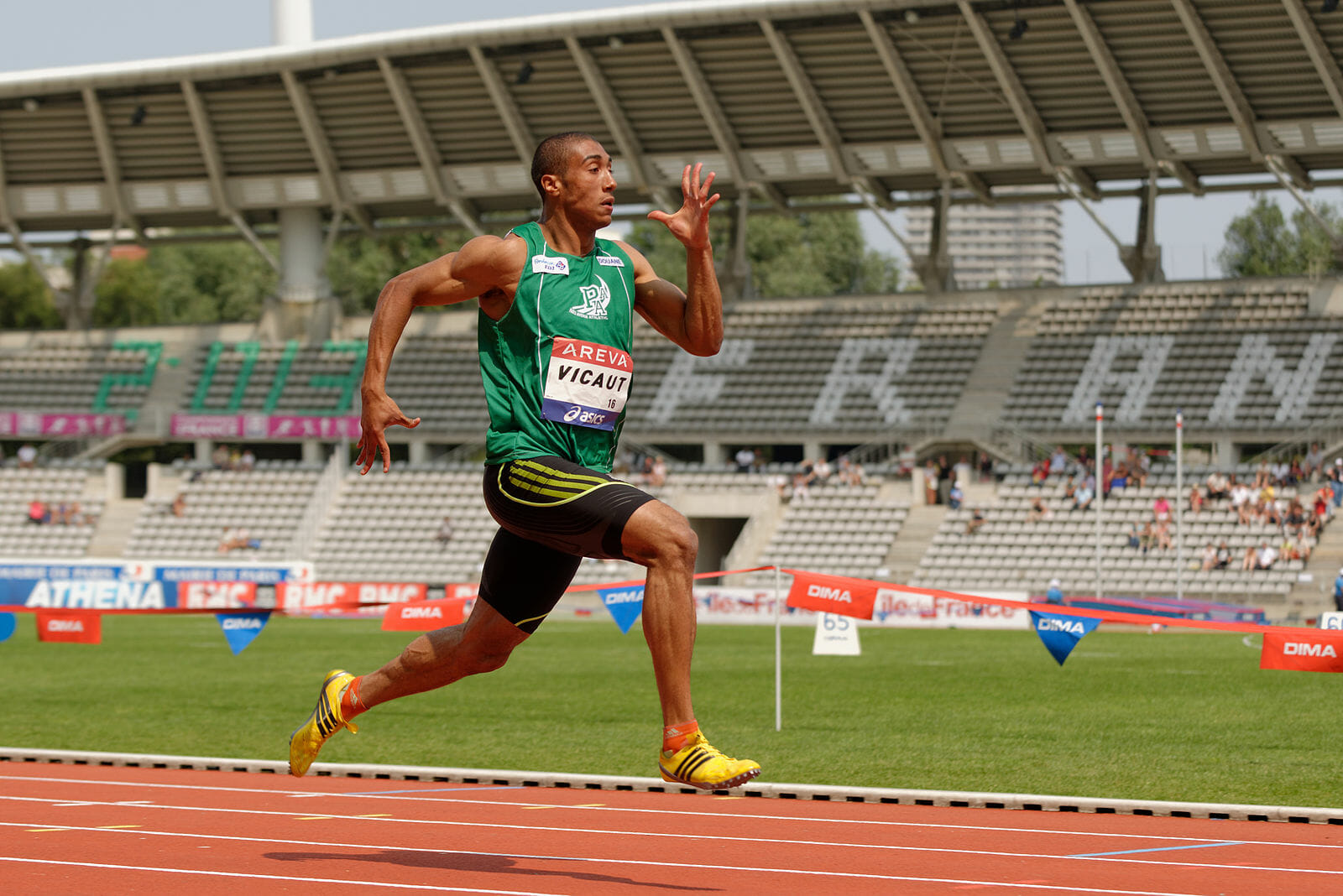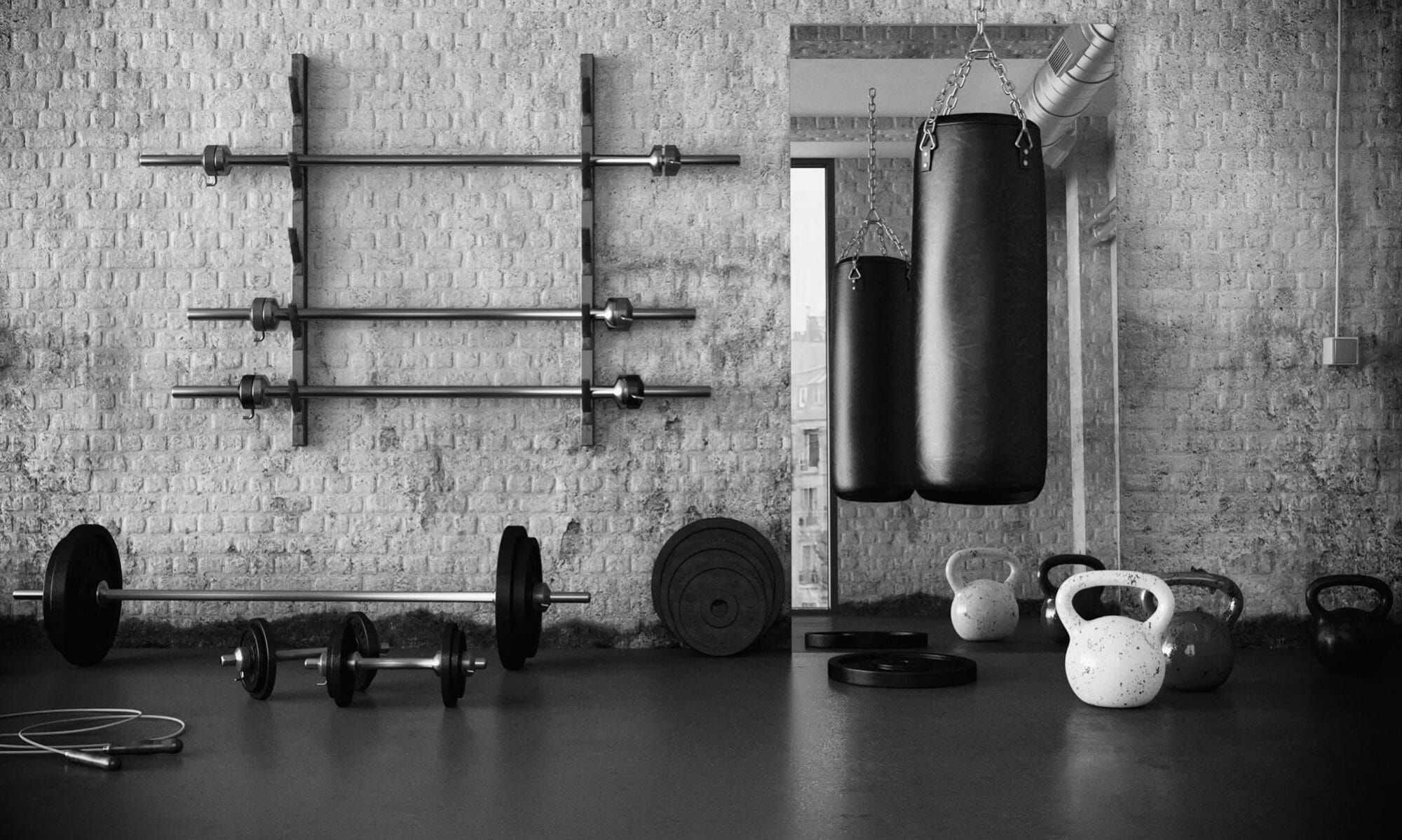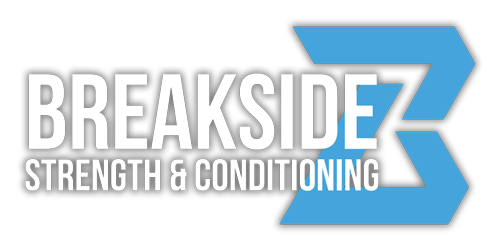
When you go to practice and you need to throw 10 backhands and 10 forehands in warmups, you count them. When you go to the gym, you use Breakside’s Teambuildr app to get your workout and write down your weights, sets, and reps. At home, you might even log your sleep habits or your diet.
So why would you skip tracking your speed workouts? You keep track of your progress towards a 300 pound deadlift, but it’s even more important to your on-field performance to see if you’re getting faster!
It’s often said that what gets measured gets improved. Too many athletes fail to measure one of the most important parts of their training and consequently don’t get the most out of their speed work.
I can hear the excuses now: it’s hard! It’s annoying! It’s expensive! Does it even matter?
It does matter. Let’s discuss why — and how to time your sprinting without breaking the bank.
Getting Fast Requires Training Fast
Ultimate players spend a lot of time running. A lot of time running fast, too. But much of the time, that running isn’t at maximal velocity. There’s simply too much running, too many points, and too many games to truly push to the limit of your sprinting ability.
That’s where training comes in. Working on maximal speed, powerful acceleration, and change of direction in a structured strength and conditioning program is where ultimate athletes can increase their abilities in those areas.
Training at close to top speed is crucial to providing the stimulus necessary to develop faster sprinting. How do you ensure you’re training near top speed? Sprint when you’re fresh, and time it.
Timing your sprint efforts — whether they’re flying 10s or a 40 yard dash — will give you the ability to track your tracking, know when to stop your workout for the day, and assess your progress.
Also, timing sprints makes you run them faster and with more focus — it’s science!
How to Time Your Sprints
I will not lie to you: if you want to have super accurate timing of your sprint workouts, you do have to spend some money. A Freelap system, one of the best out there, costs more than $500 — and the price can scale up fast if you are planning on using it with more than one person. If you have the money, by all means, get a Freelap or a timing gate system and enjoy ultra-accurate timing by yourself or with a team.
For the rest of us, there are more affordable options that are nearly as good. Let’s discuss them.
One moderately priced option is the Jawku Speed wearable ($199), which syncs wirelessly with your mobile device. It can trigger the timer on motion, so that you don’t have to manually start the clock. Your phone acts as the finish line. Check it out:
The Jawku is an excellent option for the athlete that trains solo, as it doesn’t require a lot of setup and can work with a single mobile device.
If that’s still a bit more than you want to spend, how about a $5 app for your phone? SprintTimer (iOS) and Photo Finish (Android) give you many of the same features as a timing gate system for a tiny fraction of the cost.
The downside is that it is often easiest to get accurate readings by using two devices — either a phone and tablet, two phones, or a phone and an Apple watch, in the case of the SprintTimer. That’s good for people working out together, but if you’re solo…a bit tougher. Still, the apps are pretty flexible and, if you’re creative, you can find a way to record your own sprints with photo finish accuracy.
Finally, you can do the totally free version — set up cones or some kind of objects and simply use your phone’s camera to videotape your sprint. You can also use video editing software (free options available), a video timer app (a couple bucks, iOS or Android), or Hudl Technique (iOS) to track your times. This may be slightly less reliable, but it is very inexpensive.
Of course, you can always try using a stopwatch, though accuracy can be a little shaky, especially on short sprints/flies and if you’re timing yourself.
Regardless of what you choose, find a way to start measuring your speed. You get more tangible feedback on your performance, you run harder, and you can measure your improvement over time.

